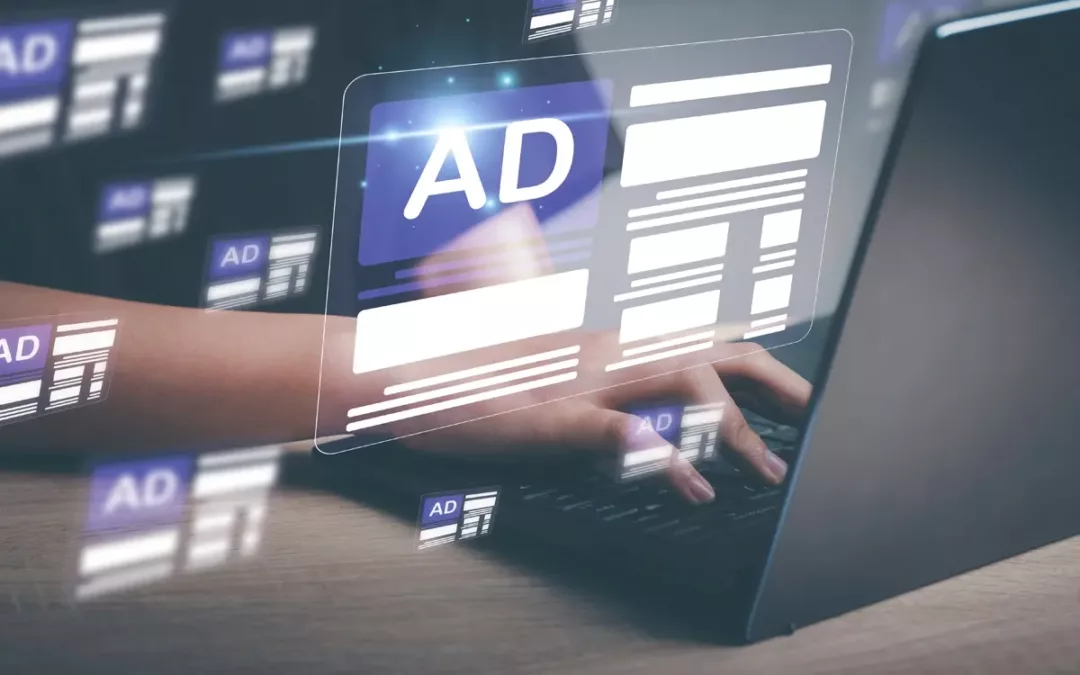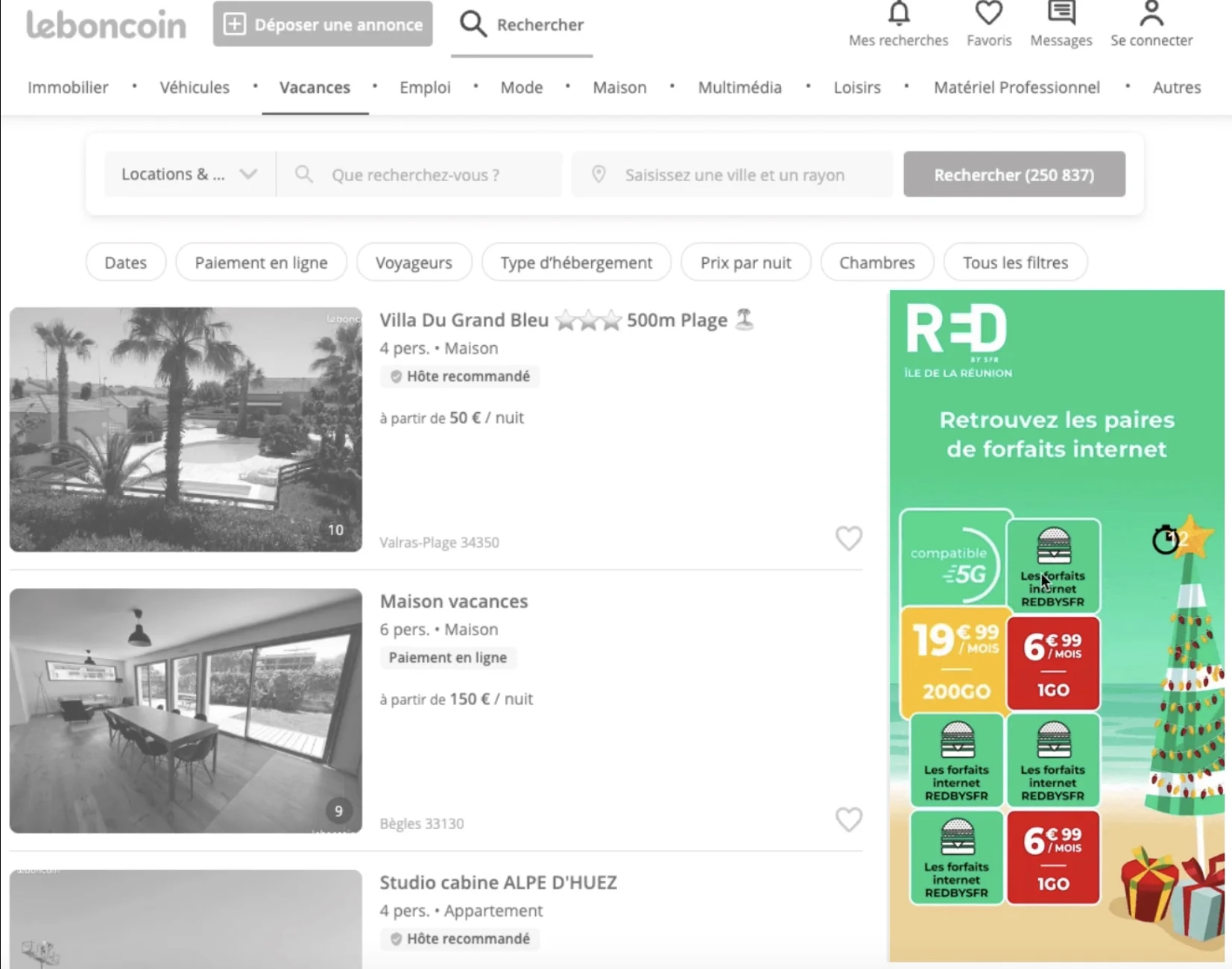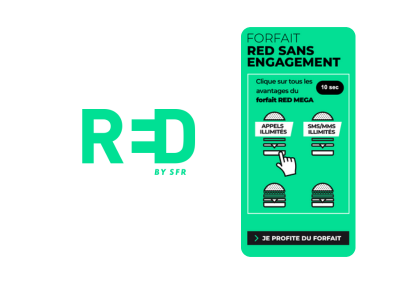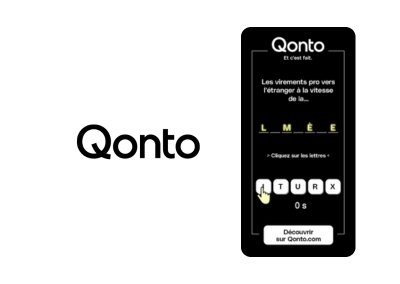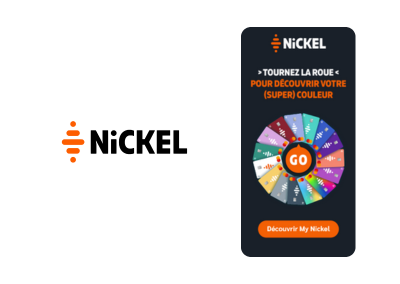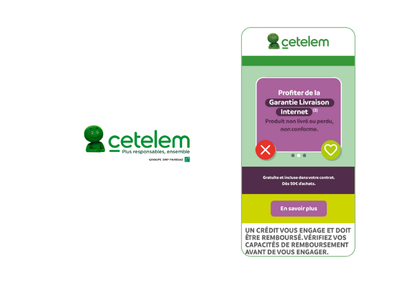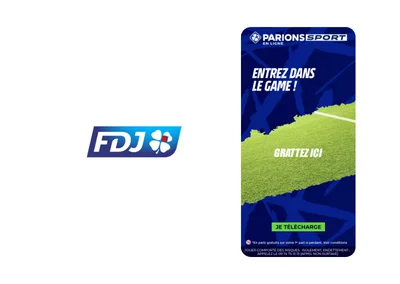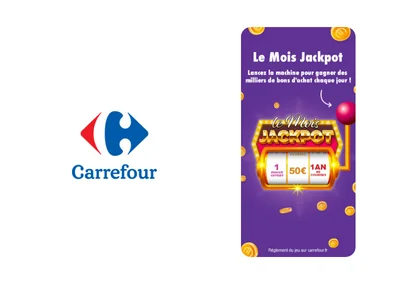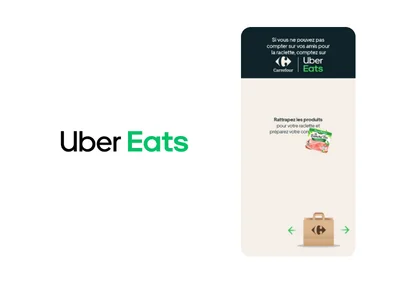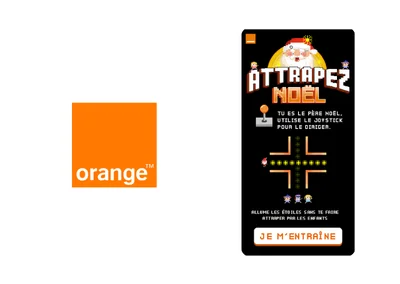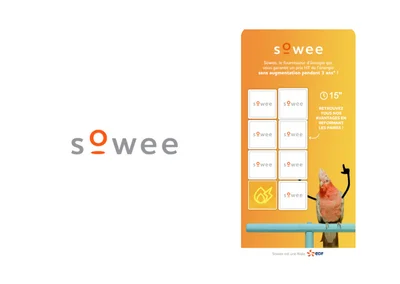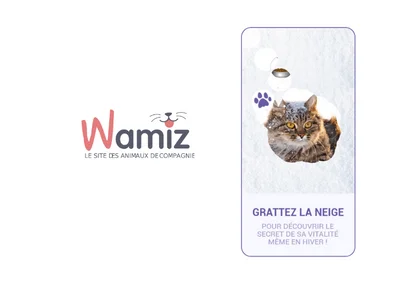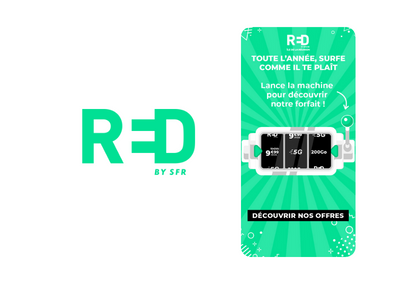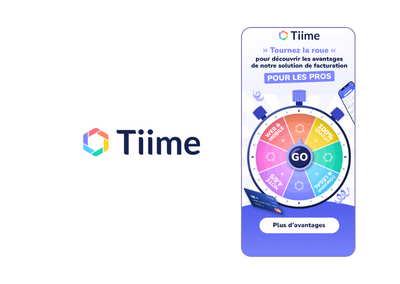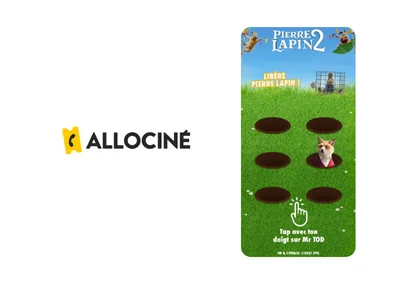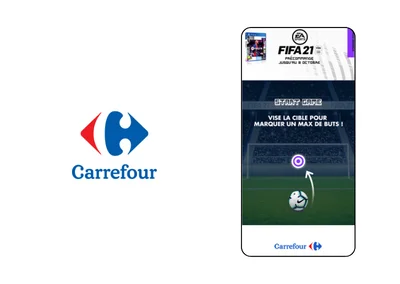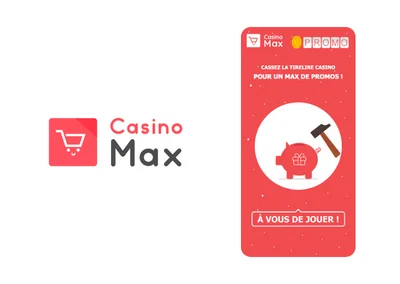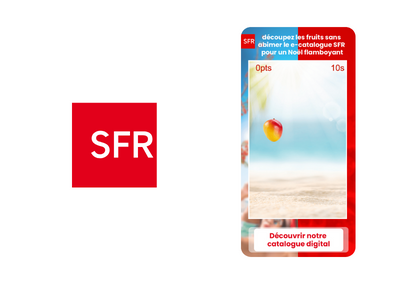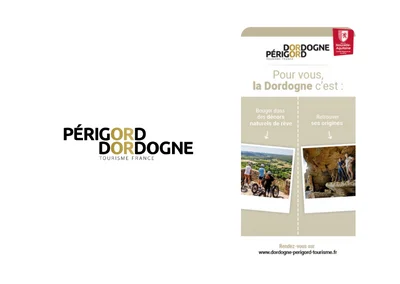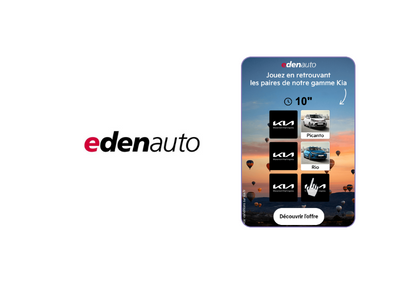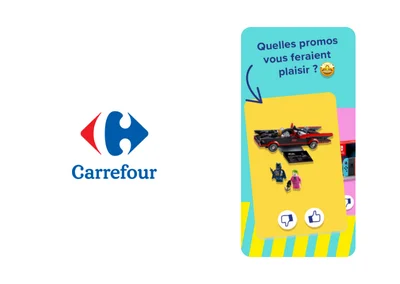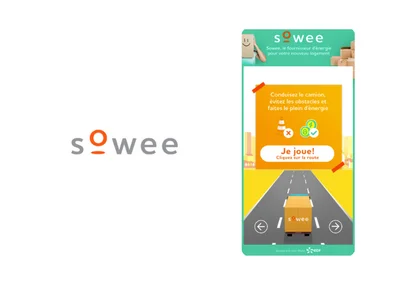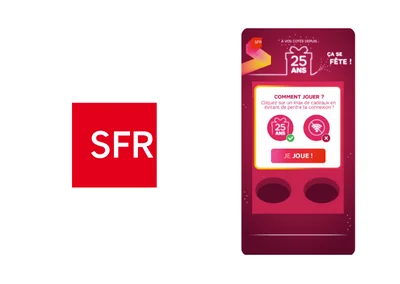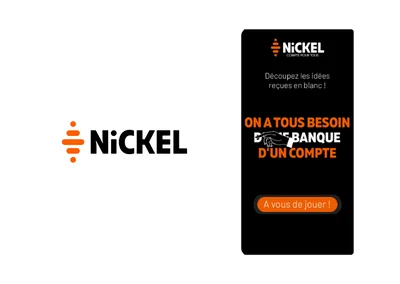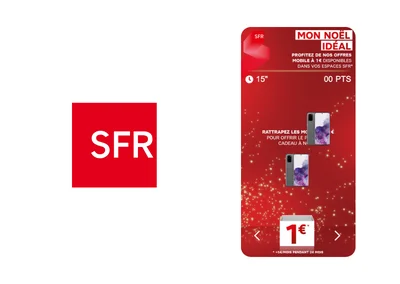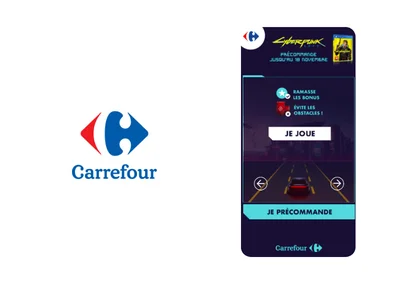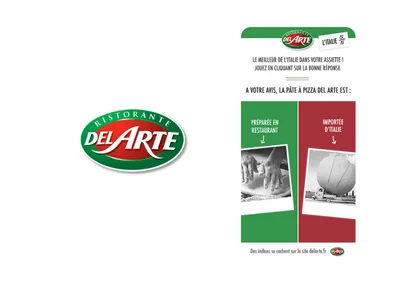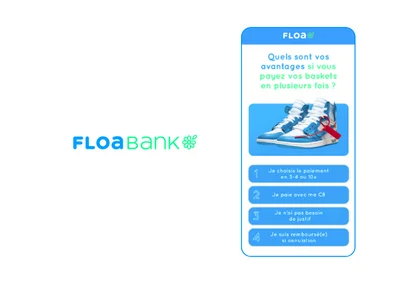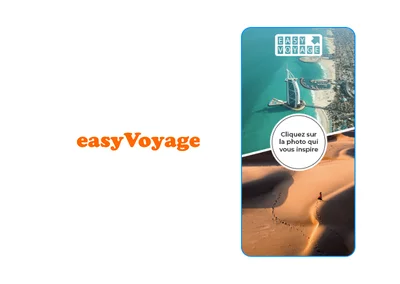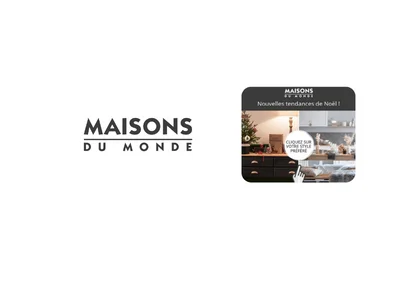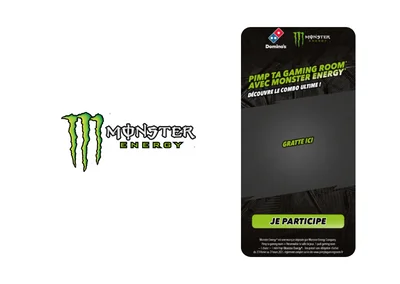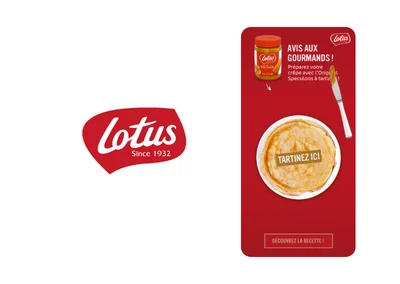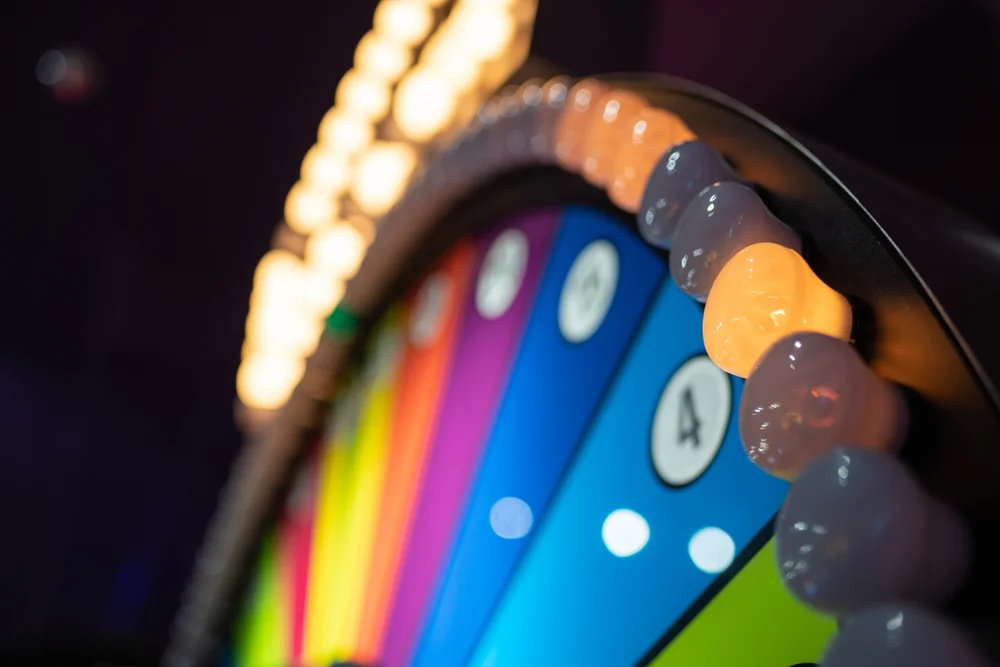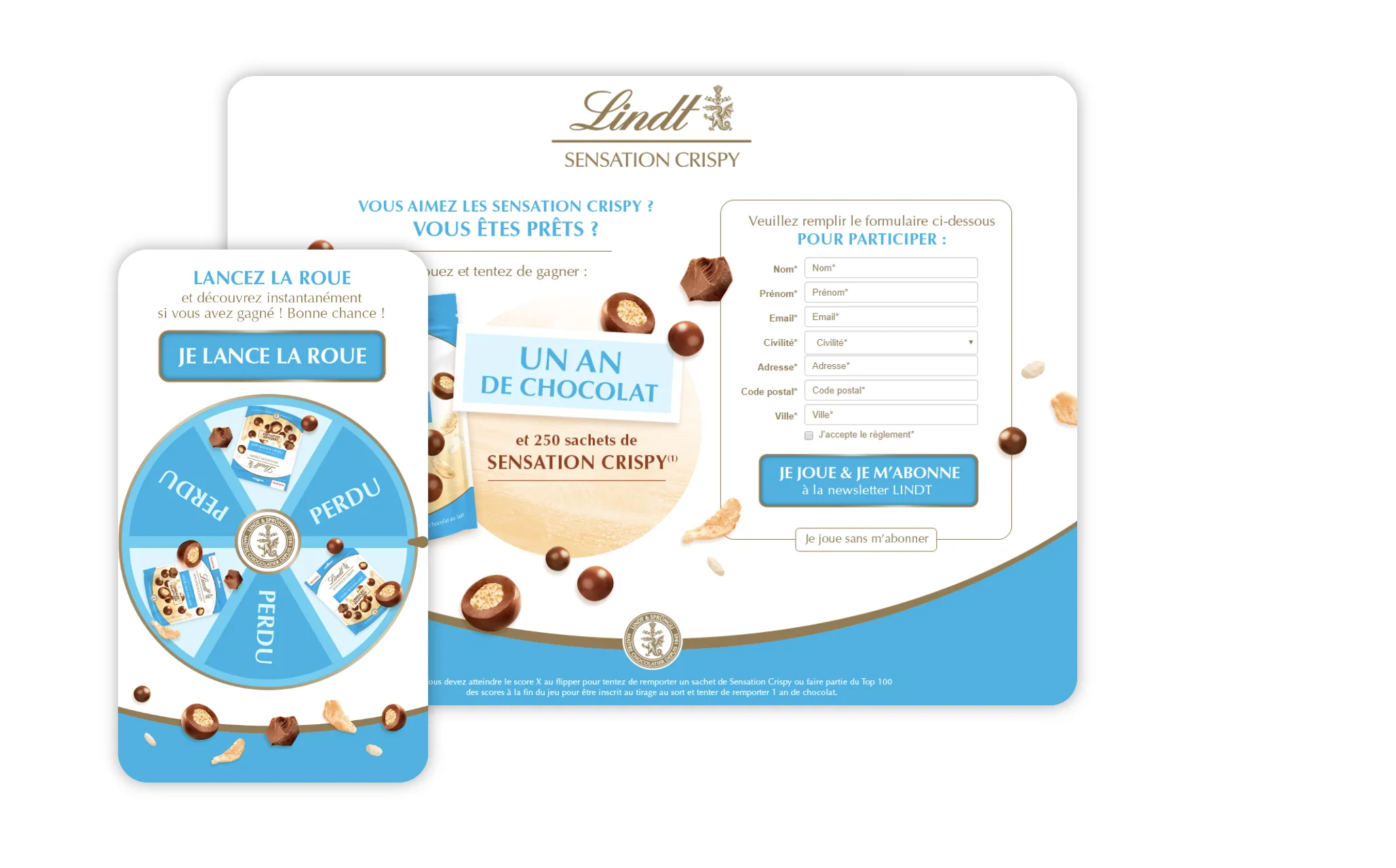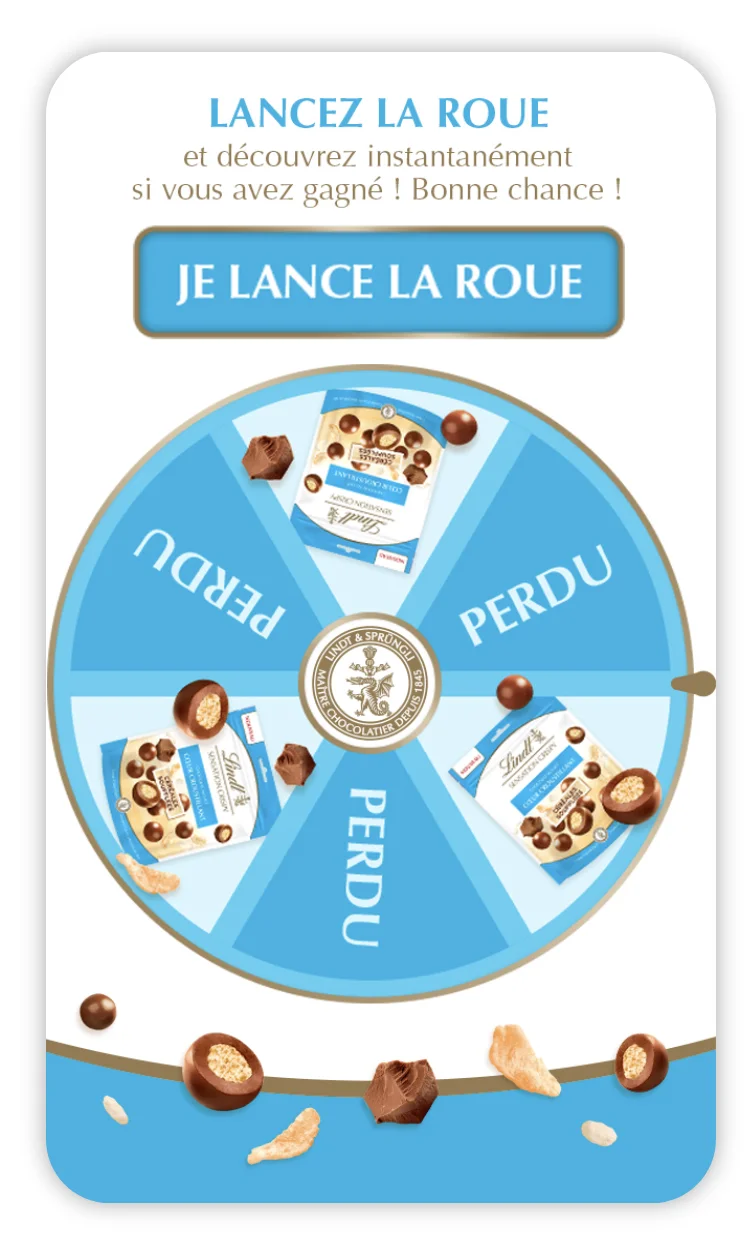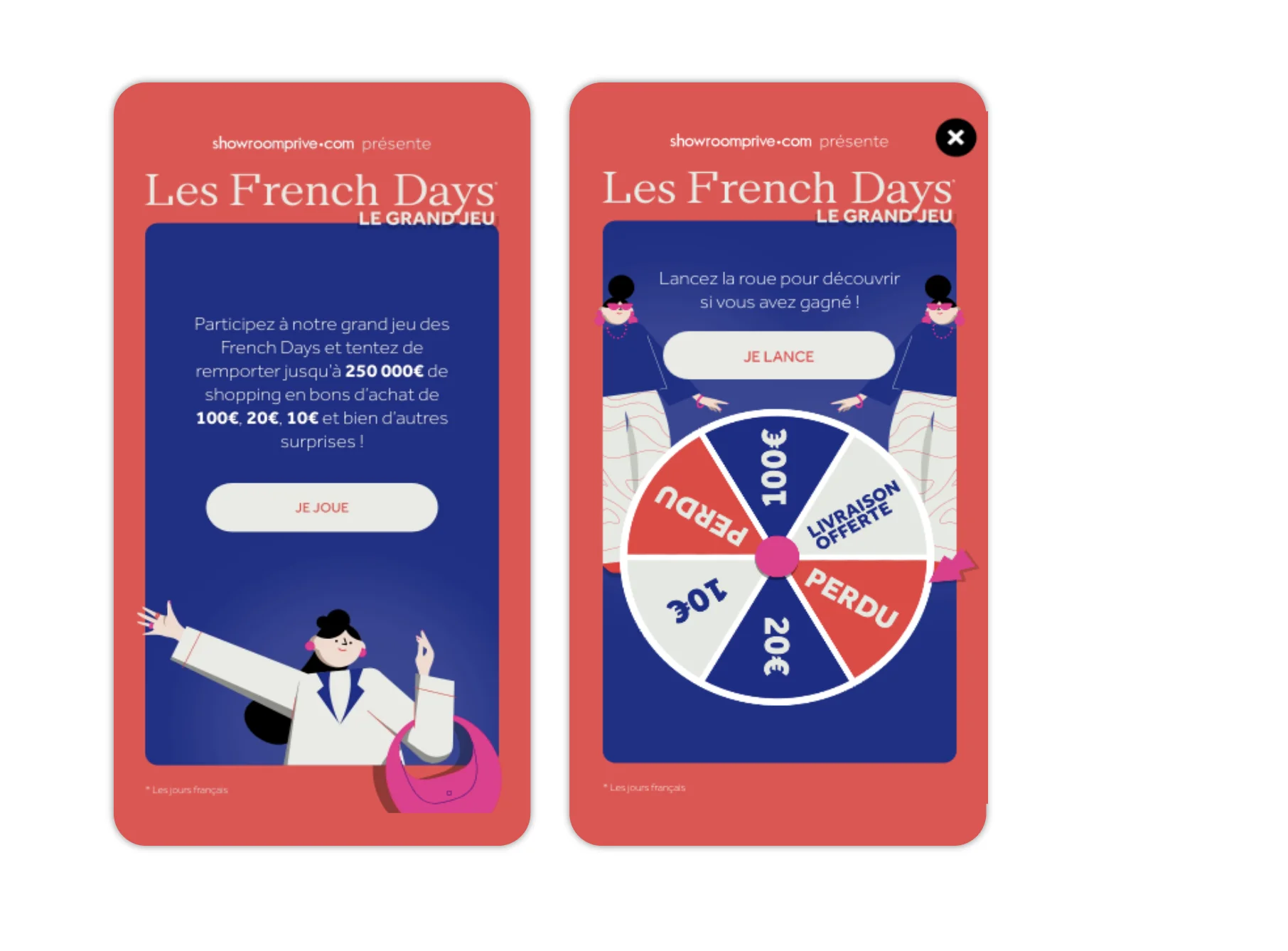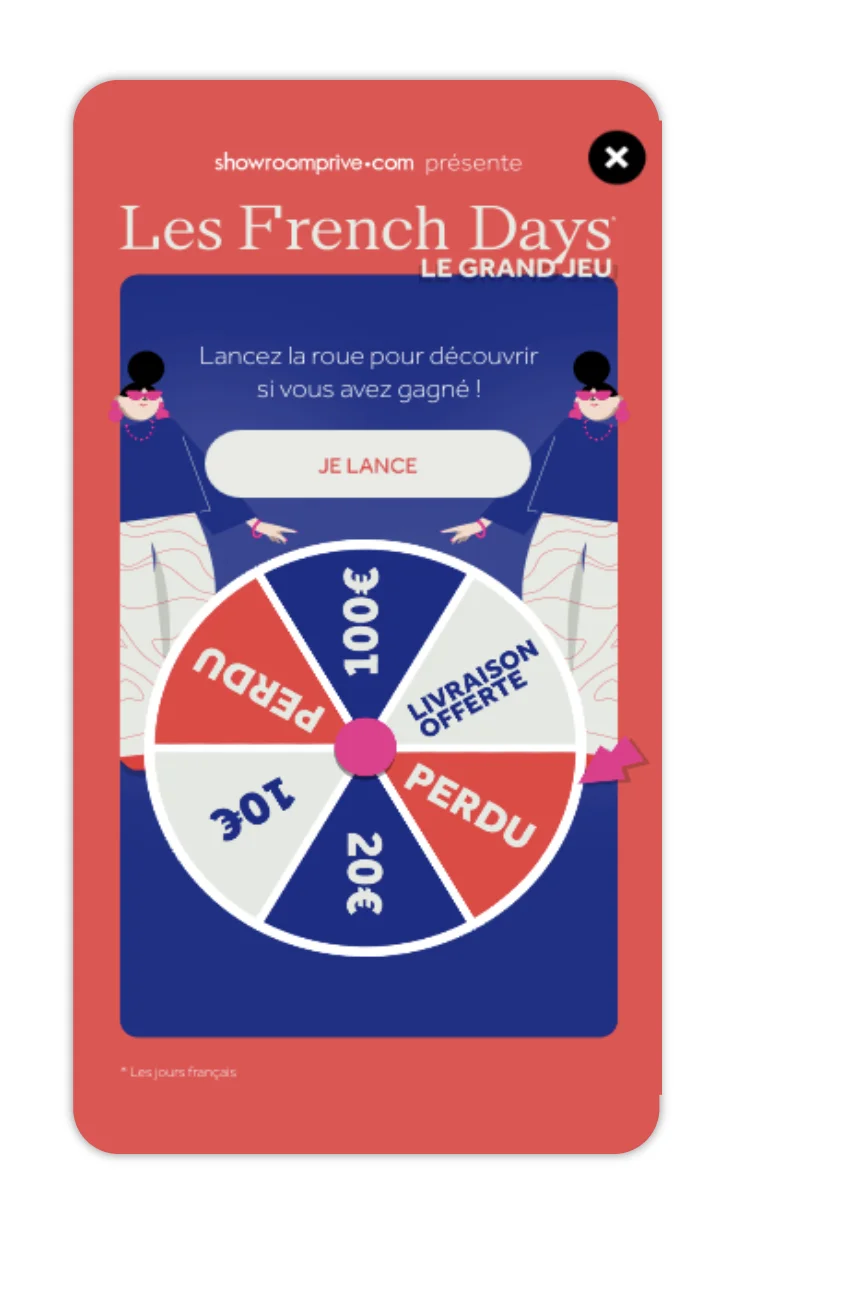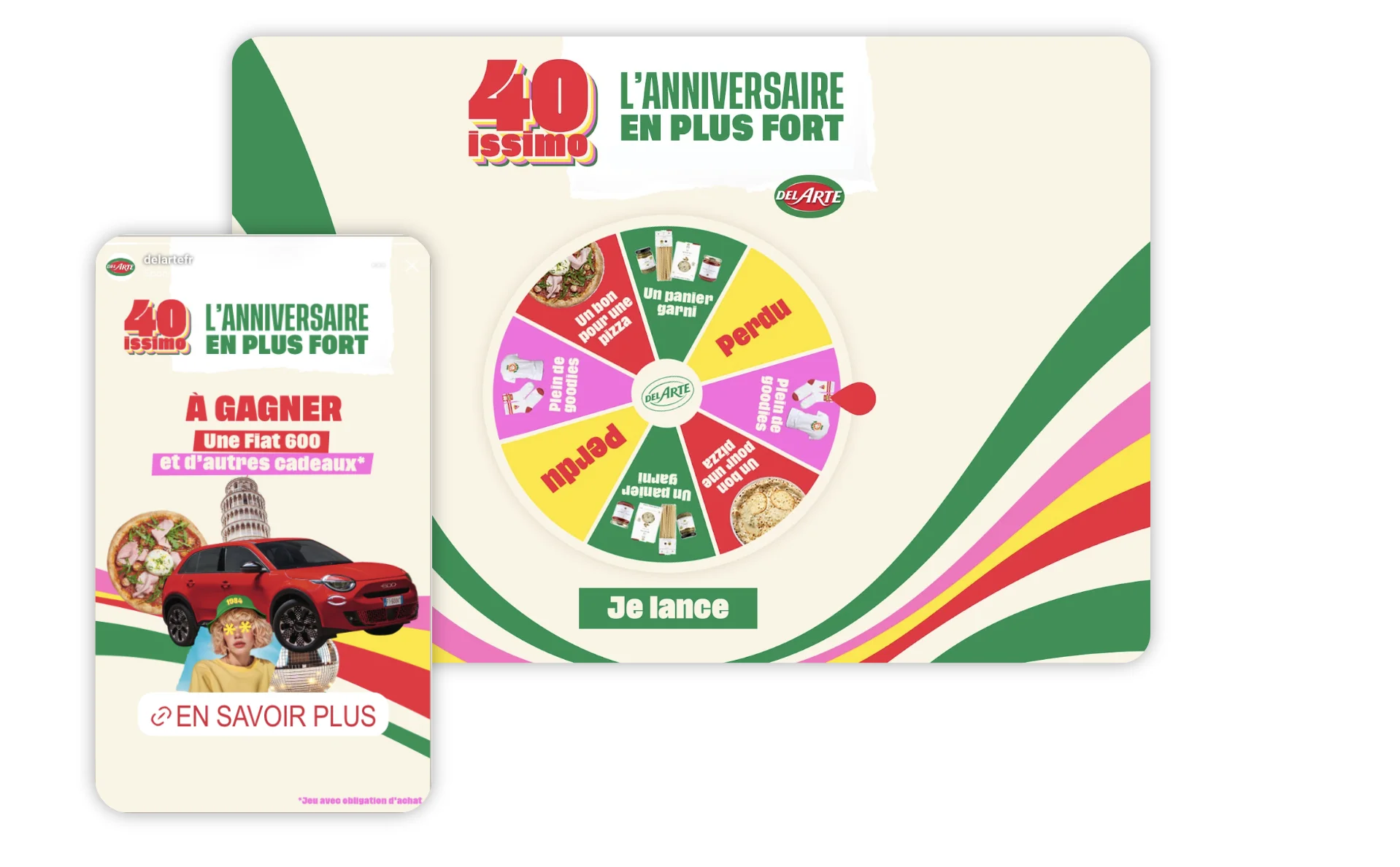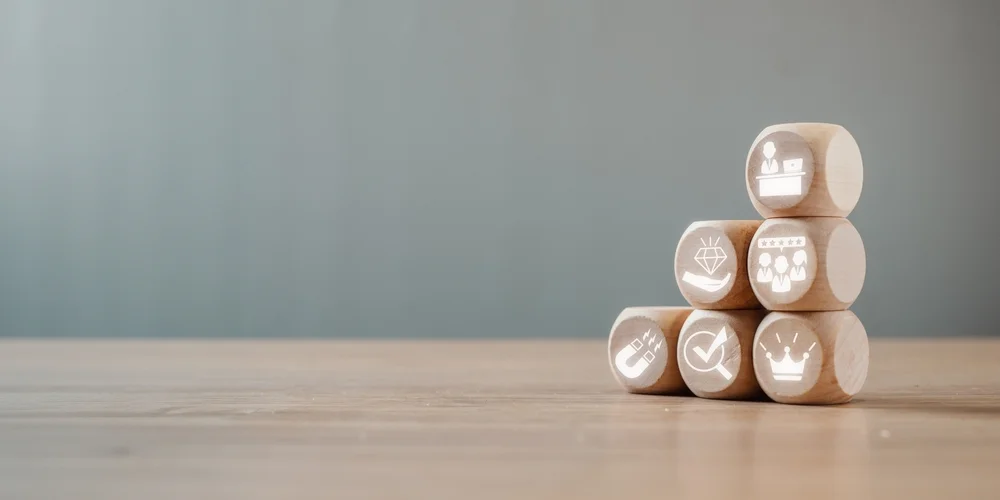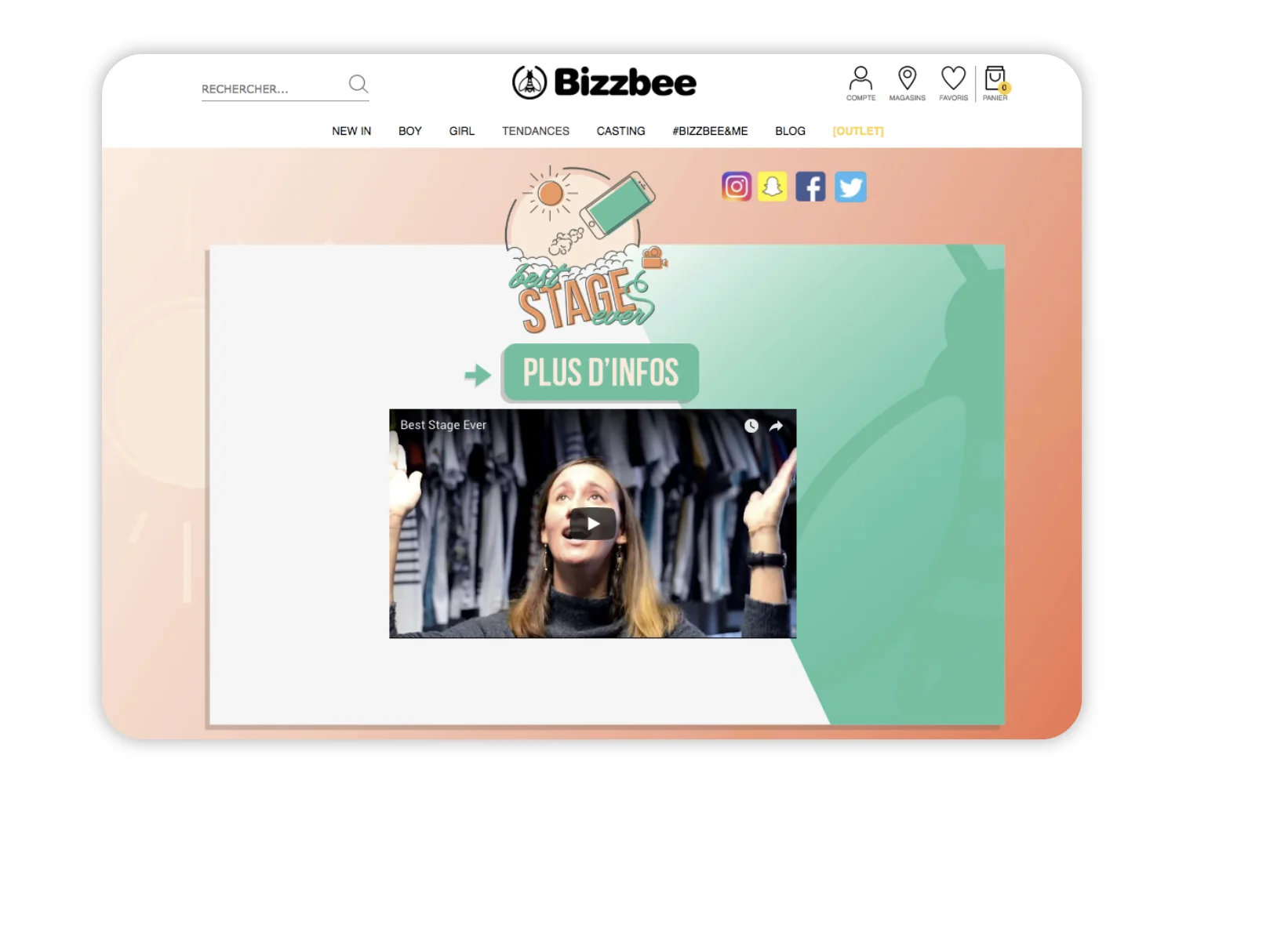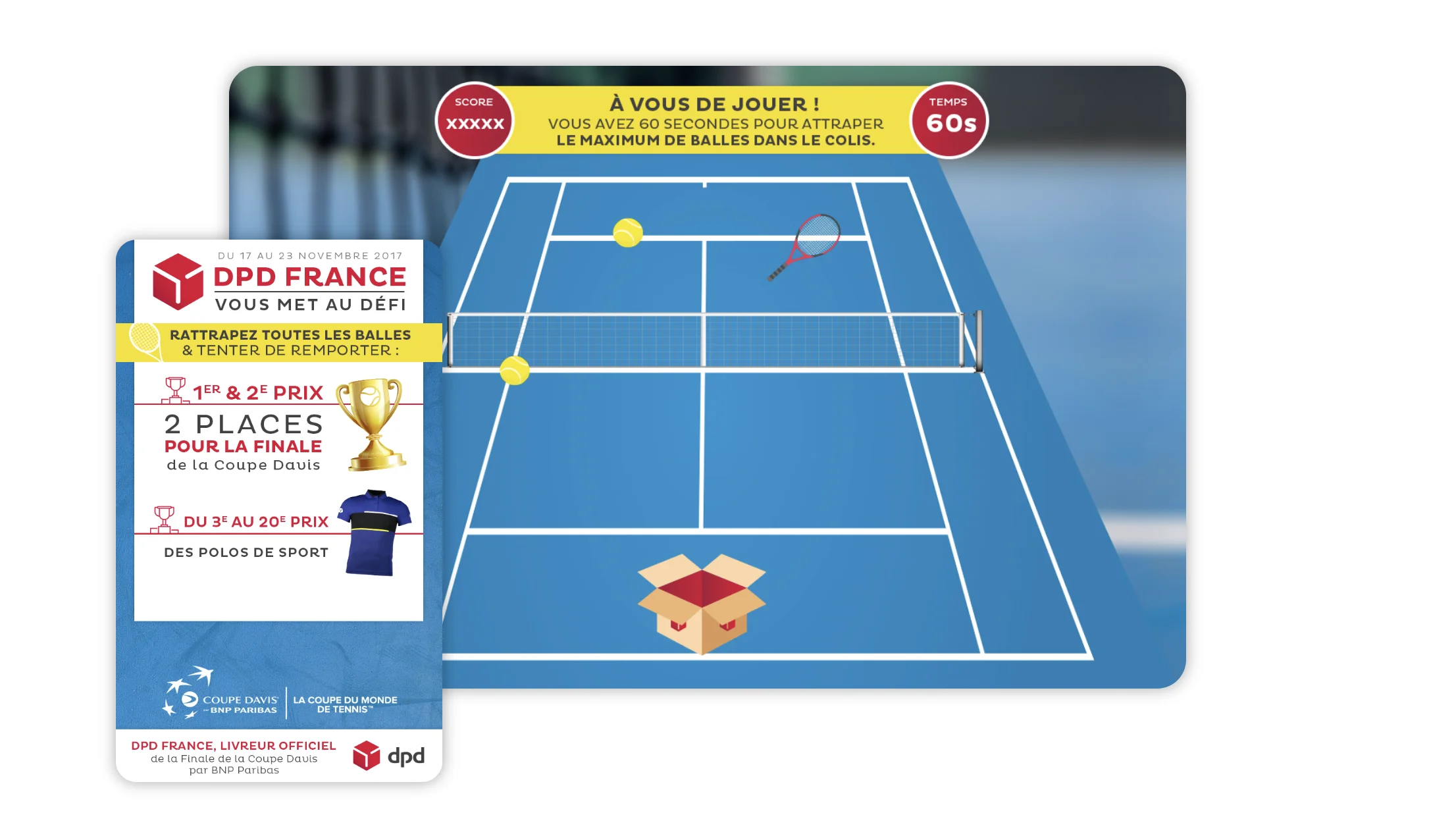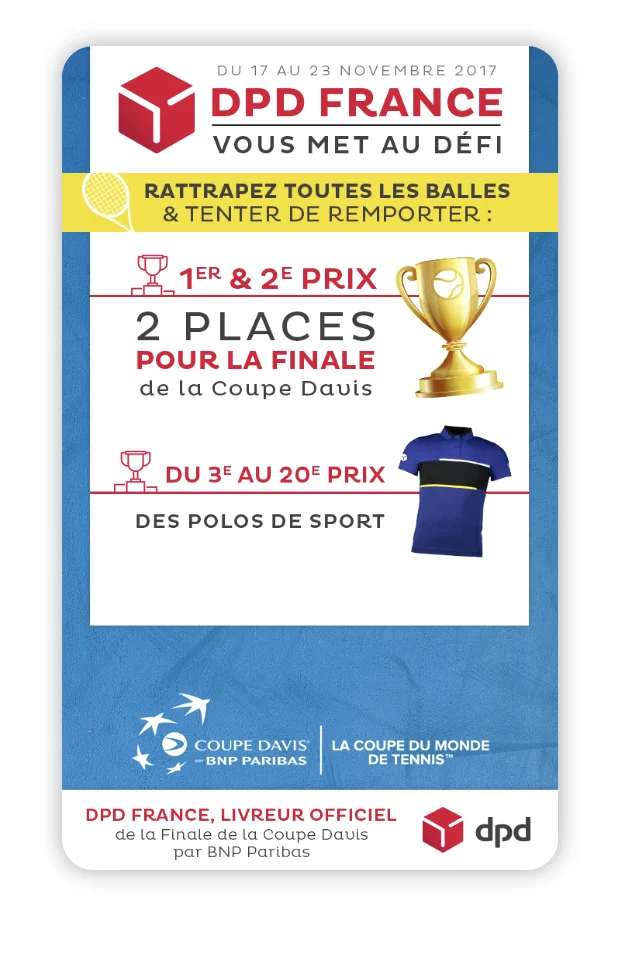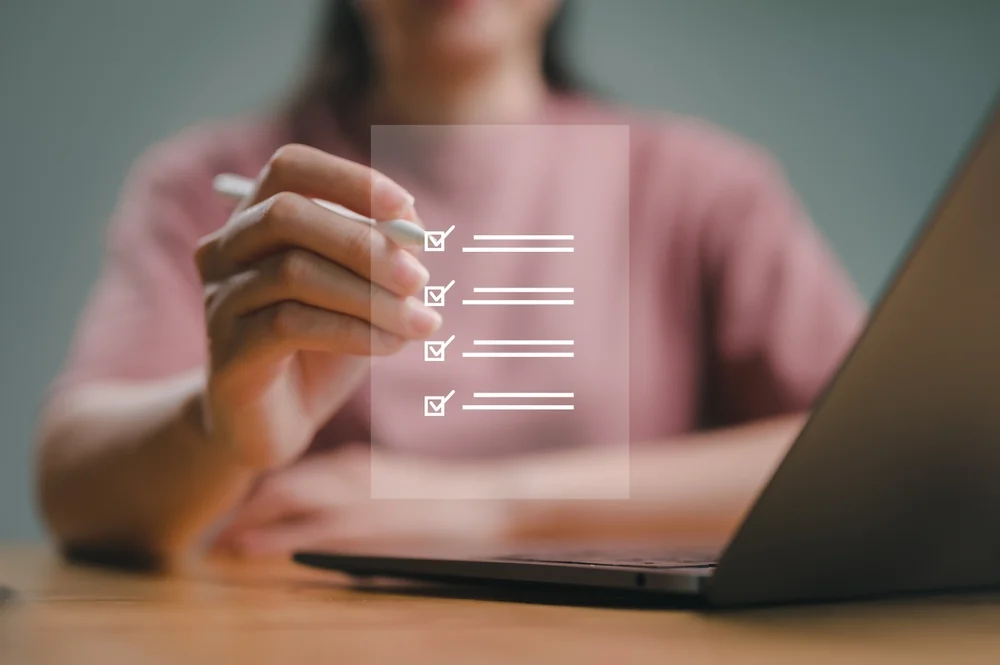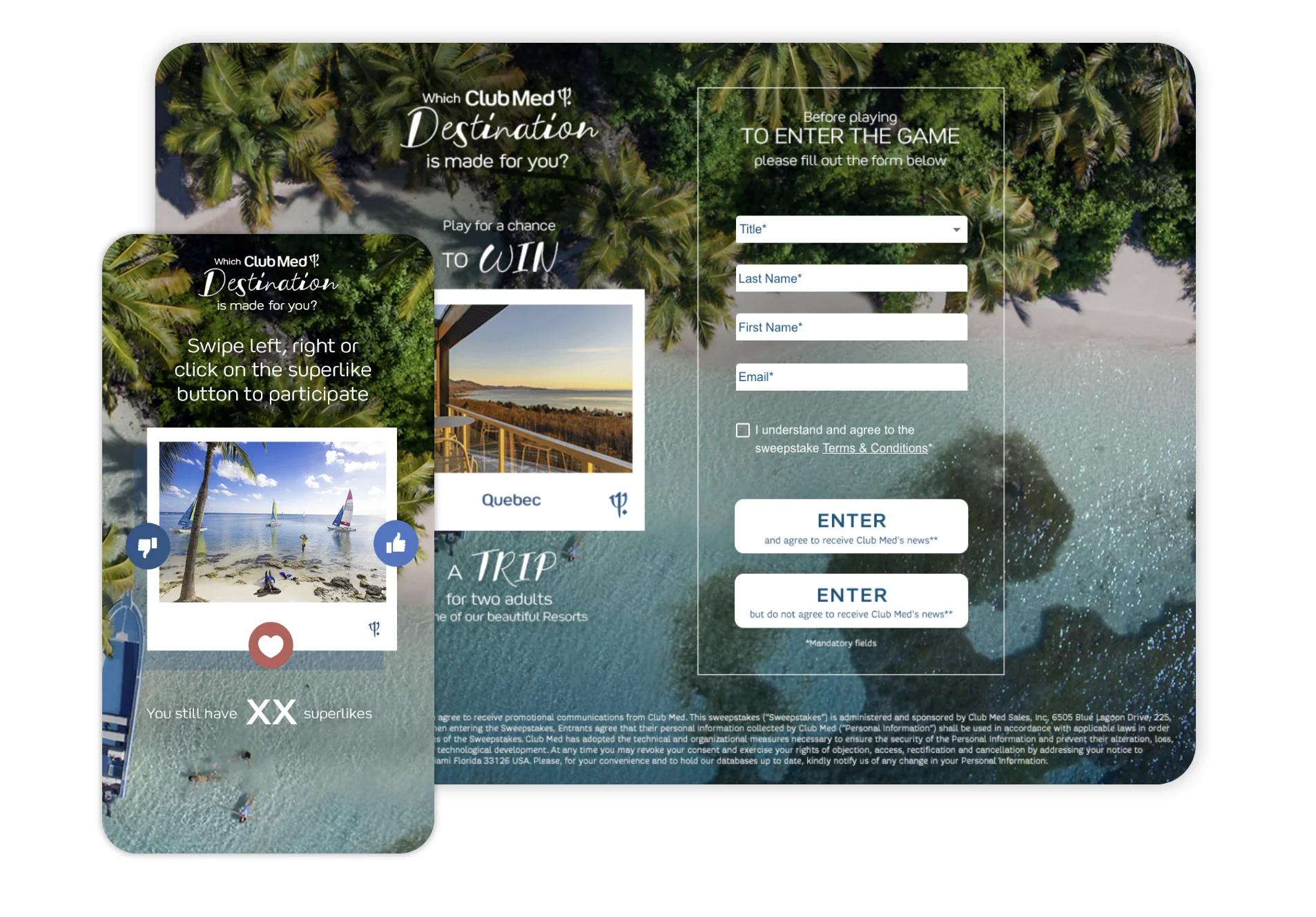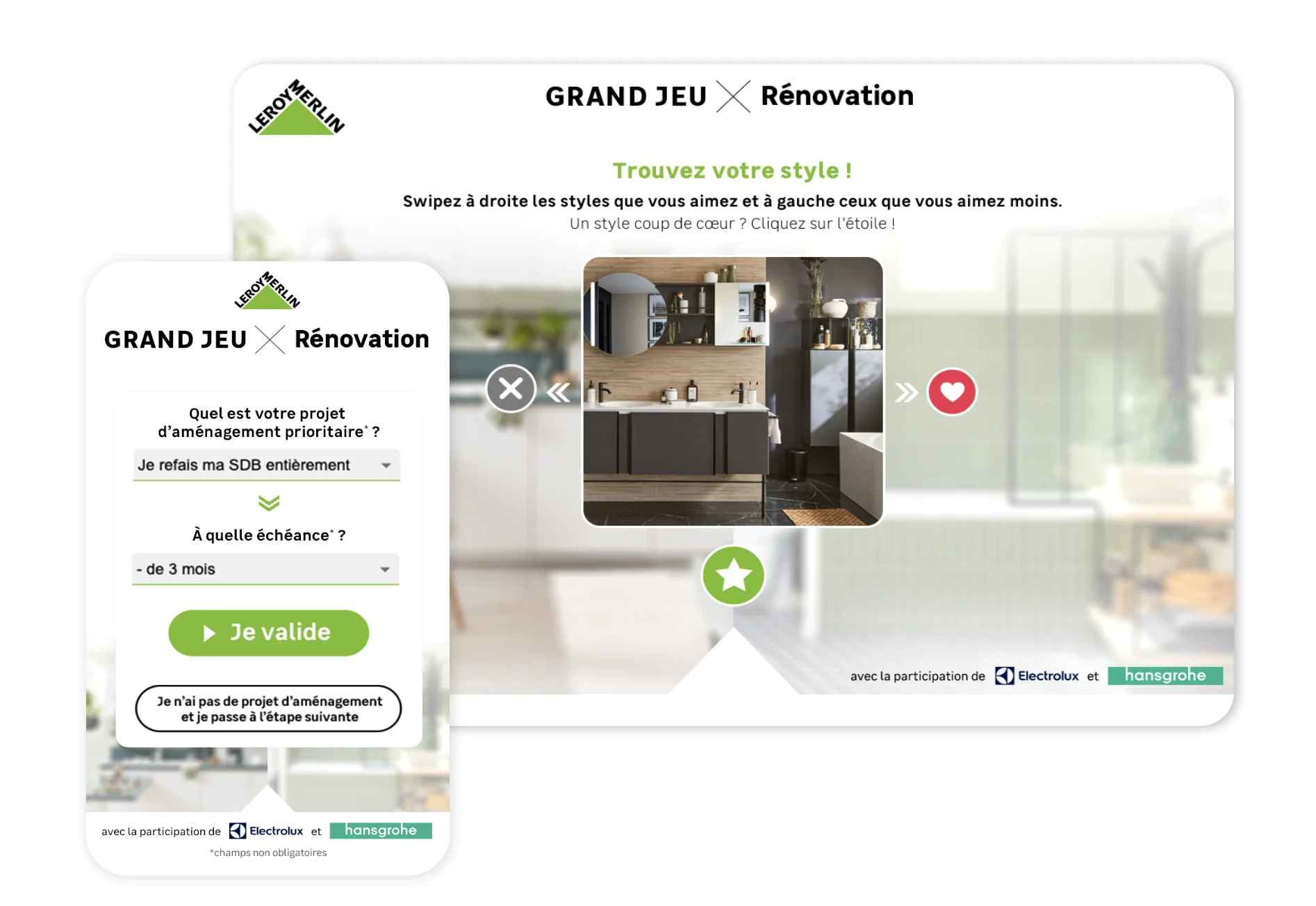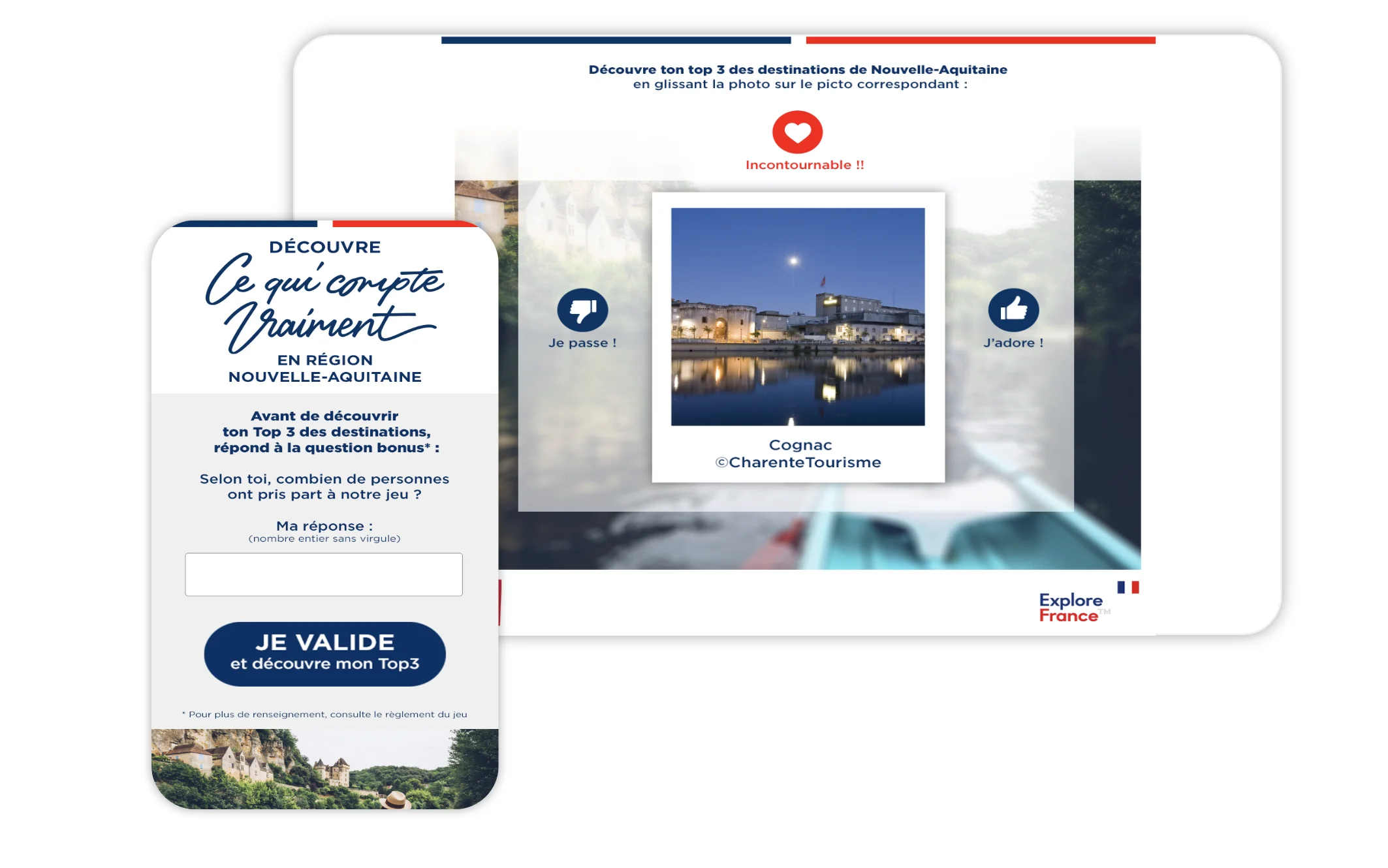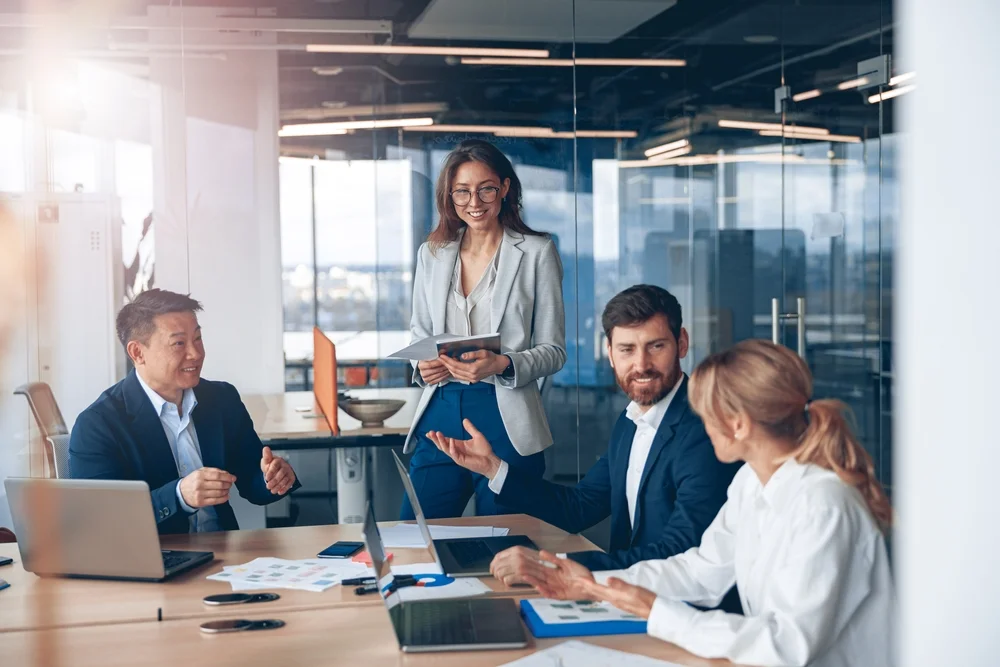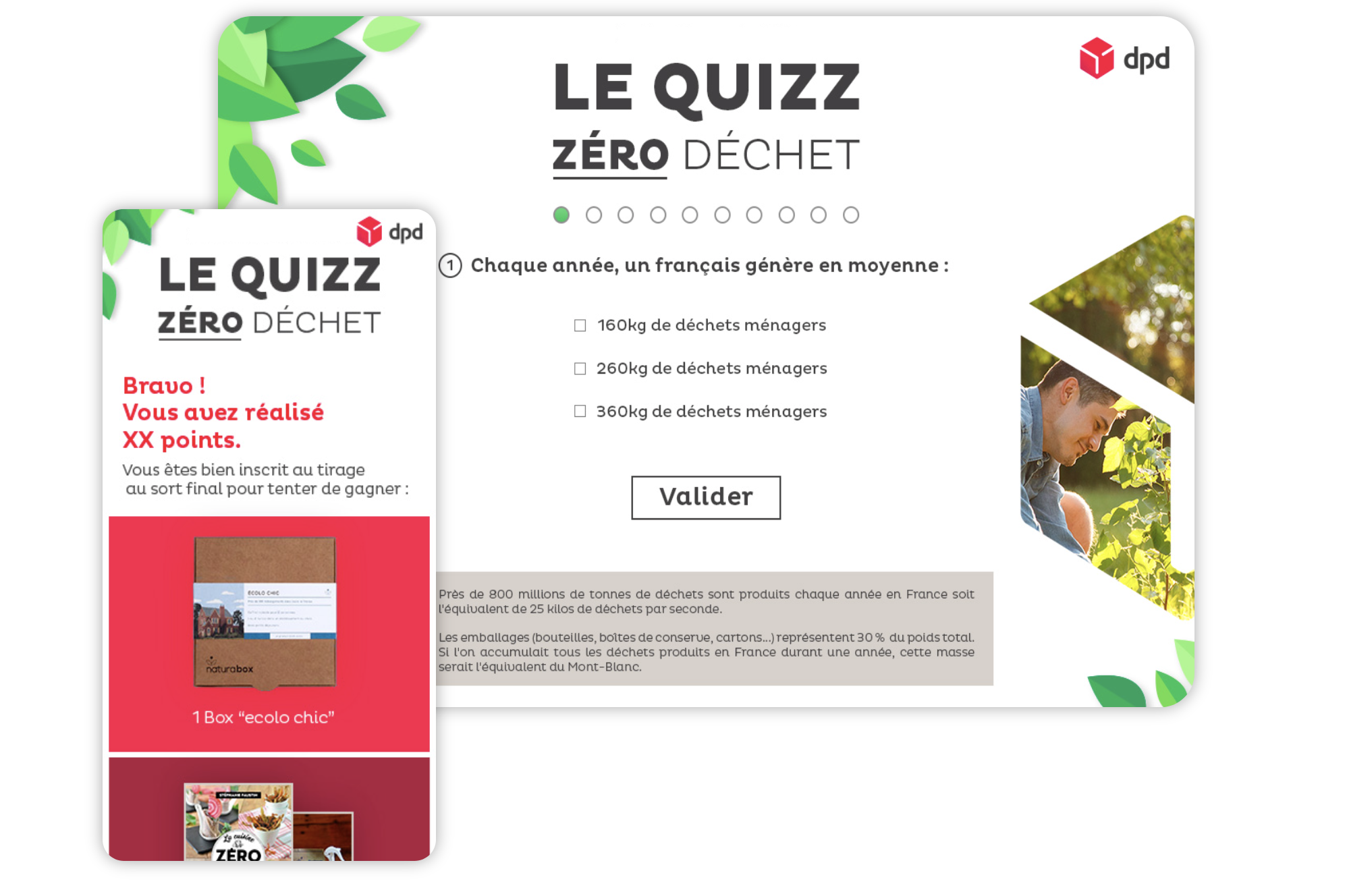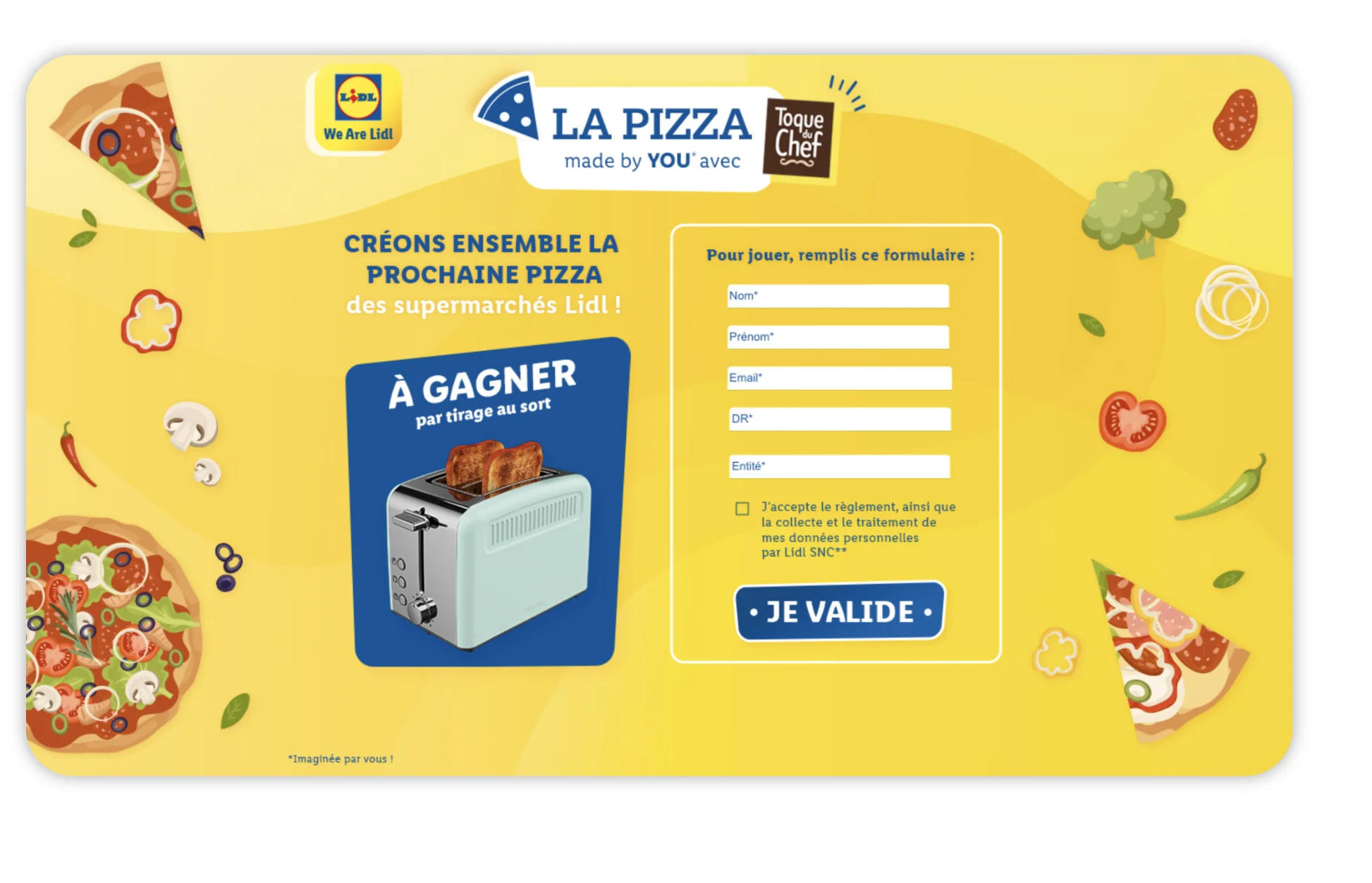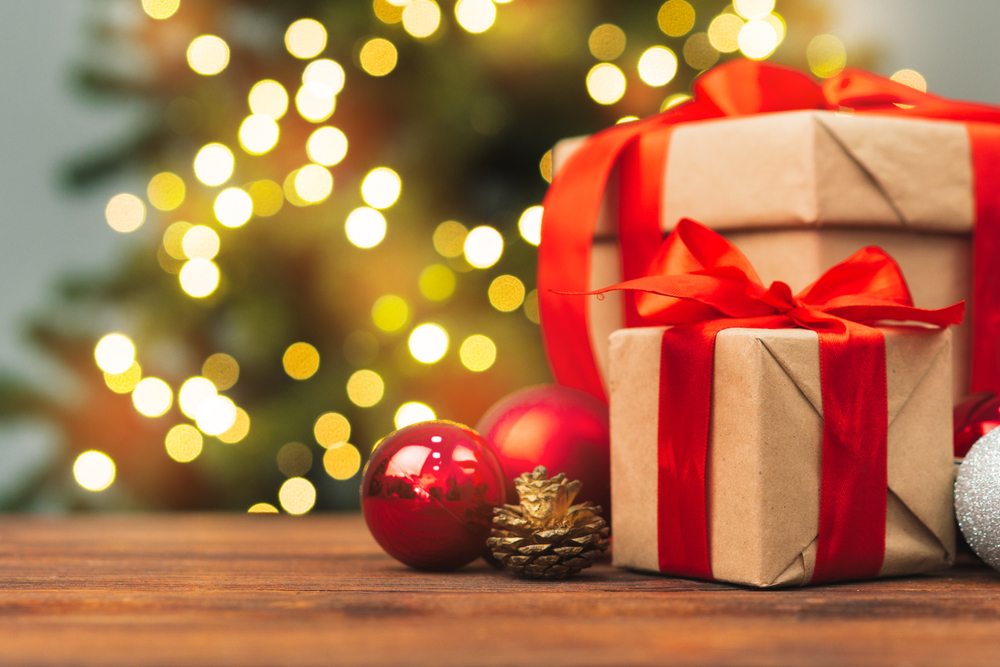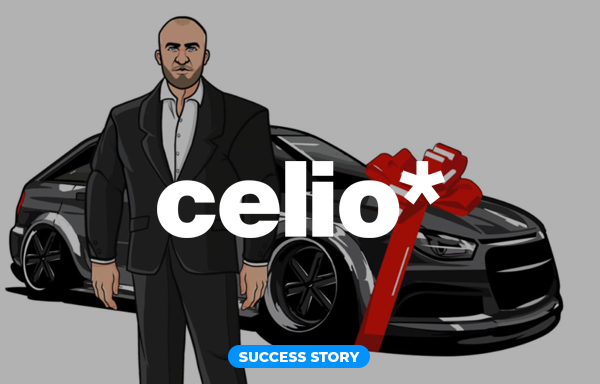
Influencer marketing campaign: the example of Celio
It cannot be repeated often enough: social networks have completely transformed the way brands communicate. Influencer marketing is adapting to these new codes and is now focusing on levers such as gamification, interactivity and influence.
The brands that come out on top are those that take advantage of these levers to create highly engaging campaigns. This is particularly true of Celio, the men’s ready-to-wear brand.
In the run-up to Father’s Day 2023, Celio has organised a campaign which combines all the ingredients we’ve just mentioned. La caisse des Pères combines gamification, interactivity and influencer marketing in collaboration with content creator GMK.
Launched via our gamified marketing platform, this article takes you behind the scenes of an example of an original and effective competition. You’ll also find some best practices for launching your own marketing campaign.
La caisse des Pères: a perfect example of an influencer marketing campaign
To celebrate Father’s Day and promote its collection of t-shirts created for the occasion, Célio opted for a marketing game. The principle was simple: participants had to :
- follow Celio and influencer partner GMK on Instagram,
- like the publication presenting the competition,
- comment on it and then share it with two of their friends (or re-share the post as a story)
For the version of the competition on the Celio website (and not on social networks), participants had to fill in a form.. In-store, the brand’s customers could simply scan a QR code to go straight to the entry form.
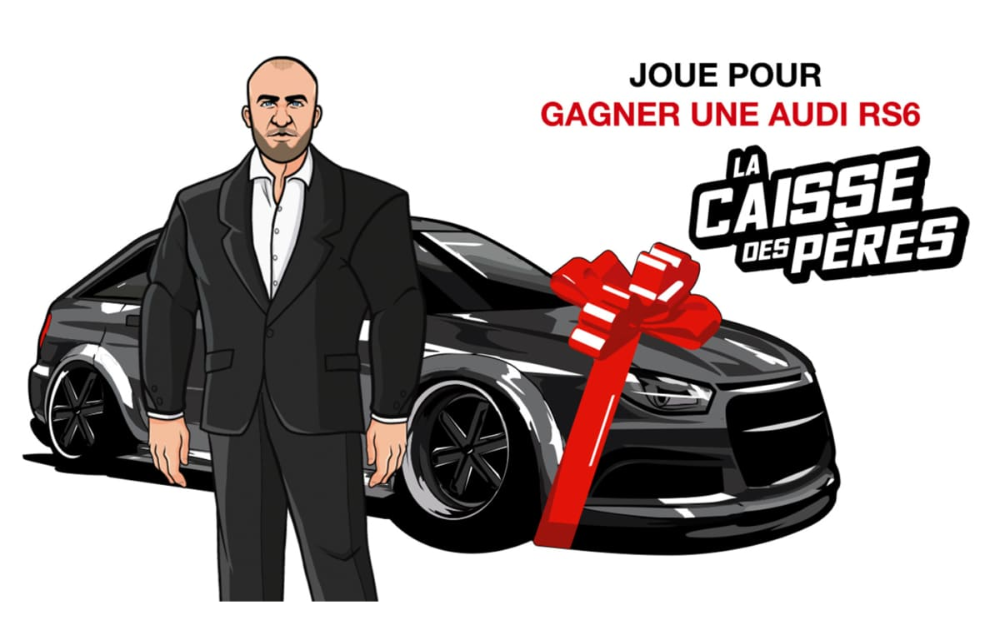
The prize for this no-obligation competition is a second-hand (77,990km) 2017 Audi RS6 avant performance 605, registered in France and with a street value of €81,900.
And the results are in: in just 3 days, 780,000 people signed up for the competition and Celio’s Instagram account registered over 800,000 new followers! It’s an excellent example of an original marketing campaign that results in an unprecedented boost in visibility and engagement!
Marketing game mechanisms to borrow from Celio
If Celio’s competition has had such a huge impact, it’s not just because the brand is serious about Father’s Day and has pulled out all the stops for the occasion, as it explains in its press release.
Above all, it’s because it has a good understanding of gamification mechanisms to apply to your marketing campaign. you can take inspiration from this by following the best practices that have been applied for this marketing game.
Choosing the right prize
The success of a competition depends above all on the appeal of the prize. In the case of Celio, the brand had put a car up for grabs, presented as every father’s dream car. Valued at over €80,000, the prize is very tempting indeed.
What’s more, to maximise the impact of its marketing campaign, the brand teamed up with an influencer specialising in sports cars. The community that was redirected to Celio’s competition was obviously very interested in the chance to win an Audi.
Simple (for participants) and effective (for the brand) participation conditions
As mentioned above, the Celio competition was open to everyone, with no obligation to buy. So you didn’t have to buy anything from the brand to win the car. Celio is thus considerably widening its audience and proving its generosity (since in exchange for such a gift, it expects nothing more than a little strength on the networks or the sharing of personal data).
In addition to its marketing campaign on Instagram, Celio also ran its competition on its website via a simple form to fill in. This was an effective strategy, as it was easier for the brand to implement, while at the same time allowing it to naturally redirect participants to its site (and thus encourage them to place an order on its online shop).
So it kills two birds with one stone and collects more :
- visibility and engagement on its social networks;
- traffic to your website and therefore potential sales in your shop.
A multi-channel competition for even greater impact
In addition to the very accessible participation conditions, Celio succeeded in multiplying the impact of its marketing campaign by launching it across several channels. Audiences could participate via social networks, directly on the brand’s website, and also in-store by scanning a QR code to access the form.
This multi-channel strategy makes it possible to reach a larger number of potential participants. It also helps you to achieve a number of different objectives: gather data on your target audience, boost sales, increase your profile on social networks and expand your audience.
Influencer marketing: an effective lever for your marketing games?
The great strength of Celio’s original competition was also its partnership with an influencer. As already mentioned, GMK is a particularly good choice because its community is naturally interested in the prize, and therefore more likely to take part.
But above all, with almost 4 million followers on Instagram, Celio is considerably increasing the reach of its marketing campaign among an audience of young men who are a good match for its buyer persona.
The partnership with GMK was not limited to announcing the marketing game, as the influencer regularly posted updates on the random drawing and the discovery of the car by the winner and his father. Celio has perfectly understood how to maximise the impact of influencer marketing.

The brand is banking on a privileged, long-term partnership with the content creator. And she’s taking advantage of GMK’s publications to tease a new competition in the near future to win another car!
Want to launch your own gamified marketing campaign? Discover our solutions for creating a marketing campaign as powerful as Celio’s.


